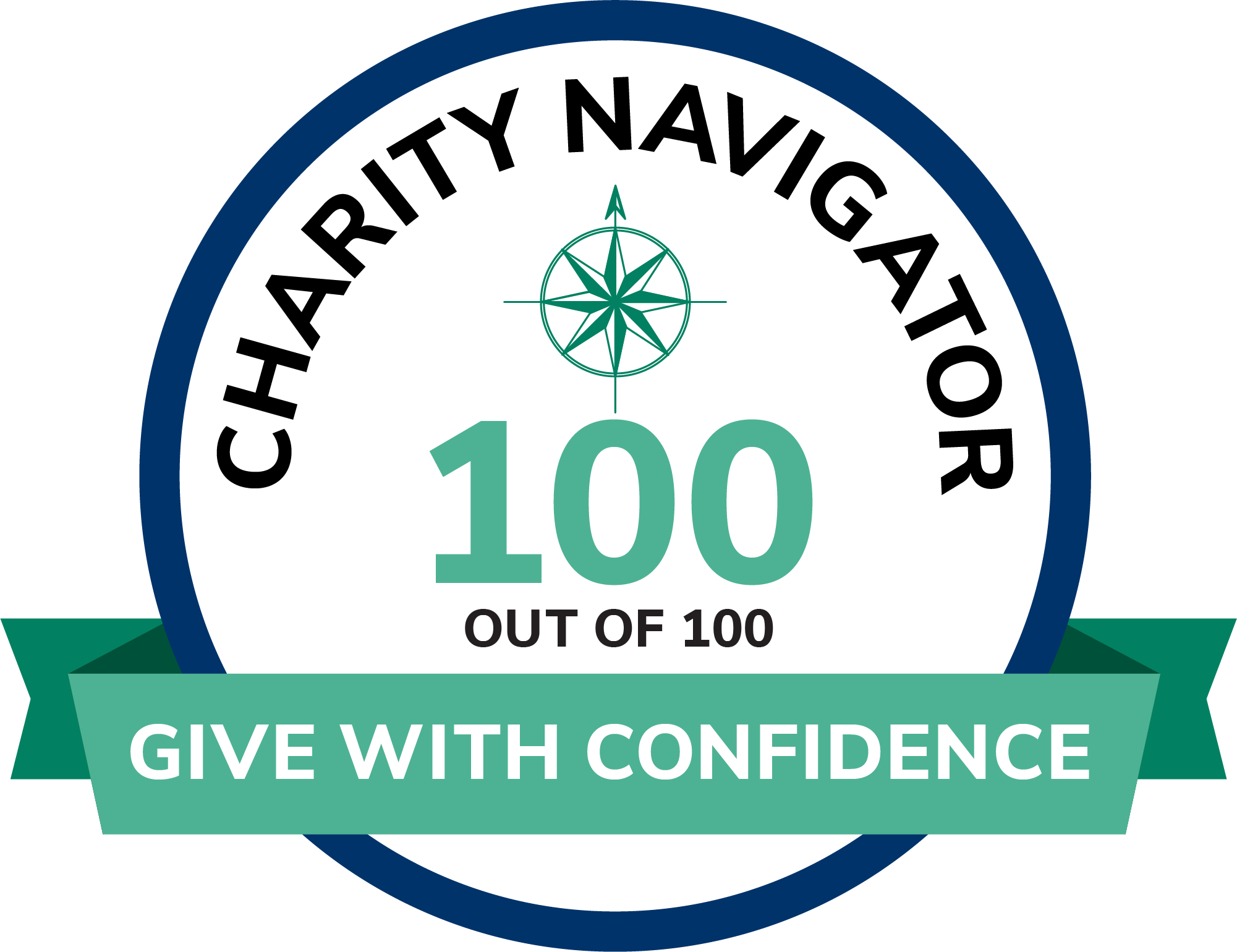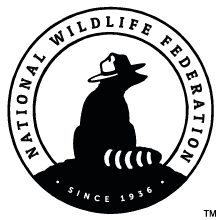FOR IMMEDIATE RELEASE
Contact: Robert Hirschfeld, Director of Water Policy
Prairie Rivers Network | rhirschfeld@prairierivers.org, 217-344-2371, x205
CHAMPAIGN, IL — In response to the May 16, 2025 Illinois dust storm – a manmade environmental problem – Prairie Rivers Network released the following statement:
On Friday, Chicago experienced its first-ever dust storm advisory. There were areas across the state with zero visibility. Soil – carrying with it all the chemicals used in farming – enveloped roads and communities from Bloomington to Chicago.
Once 22 million acres of wet prairie – teeming with life and a natural carbon sink – Illinois is now a landscape dominated by two crops and left barren and exposed for much of the year. These dust storms are no longer freak weather events; they are part of a disturbing pattern. Over the past several years, Illinois has experienced multiple dust storms reminiscent of the 1930s Dust Bowl. And just two years ago, poor visibility from windblown soil led to a horrific, fatal accident on I-55.
Aggressive row-crop farming has stripped away the hedgerows, windbreaks, and biodiversity that once held this landscape together. Most fields are left bare after harvest — no roots to hold the soil, few buffers to absorb runoff. Fertilizers and pesticides drift on the wind, settling in our cities and neighborhoods. (See our recent report on herbicide drift.) Meanwhile, tile drains carry moisture and unchecked pollution straight into rivers and lakes.
Governor Pritzker’s cuts to conservation funding – and the chaos unfolding from federal cuts to USDA – certainly don’t help. In the wake of this latest dust storm, there may be renewed calls to boost funding for more voluntary programs. But let’s be clear-eyed: throwing a few million dollars at voluntary conservation while spending billions in public subsidies for heavily polluting agriculture is not serious climate or conservation policy.
“These are man-made ecological disasters, driven by a form of agriculture that exploits and depletes the land, leaving millions of acres of soil exposed and eroding for half the year,” said Robert Hirschfeld, Director of Water Policy at Prairie Rivers Network. “We can’t keep farming this way. The scale of the problem is far too big to solve with taxpayer-funded incentives alone. If we want real change, we have to move beyond voluntary conservation and start requiring practices that keep soil in place and pollution out of our water.”
#########
At Prairie Rivers Network (PRN), we protect water, heal land, and inspire change. Using the creative power of science, law, and collective action, we protect and restore our rivers, return healthy soils and diverse wildlife to our lands, and transform how we care for the earth and for each other. PRN is the Illinois affiliate of the National Wildlife Federation.







